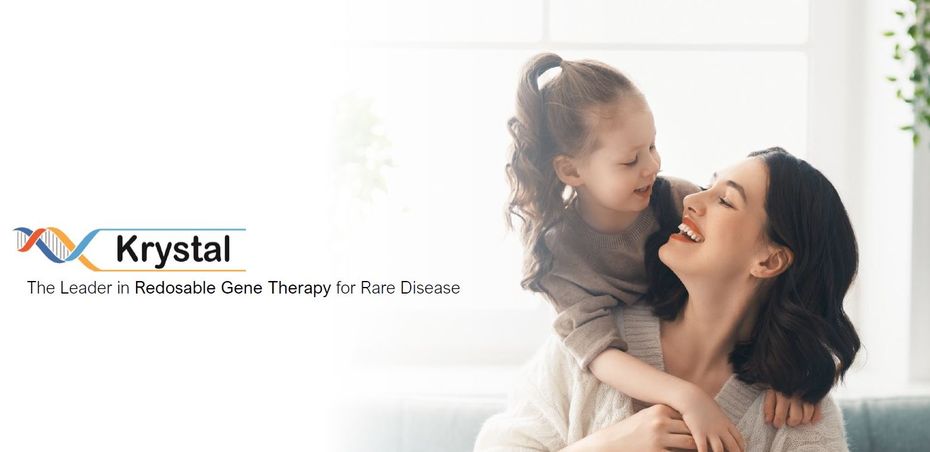Update Krystal Biotech
Gene therapy gel for "butterfly children" submitted for approval in the U.S.
Krystal Biotech is filing for approval in the U.S. (with the FDA) for Vyjuvek (formerly B-VEC). It is a gene therapy applied topically as a gel for people with dystrophic epidermolysis bullosa (DEB). The application is based on data from two clinical trials that showed Vyjuvek heals DEB wounds and keeps them closed.
Affected individuals with dystrophic EB have many painful blisters that often lead to open wounds. After healing, they often leave scars. The gene therapy gel, with the name Vyjuvek (beremagene geperpavec), is applied externally and can be easily self-applied by sufferers. It is intended for use during routine dressing changes.
The treatment introduces a copy of the C7 gene into the cells, where it produces the C7 protein. Because the treatment is designed to provide additional, correct C7 protein, not correct the mutation, it is intended to work with any RDEB mutation. Because the C7 gene is not permanently integrated into the patient's DNA, it is eventually lost (e.g., when the cell into which it was introduced dies), so re-treatment is required.
A modified and harmless herpes simplex virus is used as the vehicle for gene copy transfer. However, unlike other viruses used for gene therapy, the herpes simplex virus does not integrate into the genome of a cell. This prevents changes from occurring in the DNA that could alter normal gene activity and lead to cancer.
The gene therapy candidate was tested in the Phase 1/2 GEM-1 trial (NCT03536143) and in the Phase 3 GEM-3 follow-up trial (NCT04491604).
In both studies, Vyjuvek was generally safe and well tolerated; no serious treatment-related adverse events were reported. And improved wound healing was demonstrated.
Krystal says it is in contact with other regulatory authorities, including those in Europe and Japan. The company expects to submit a marketing authorisation application to the European Medicines Agency (EMA) later this year. As a topical product, it enables patient-friendly application, partly because large areas of skin can be treated.
